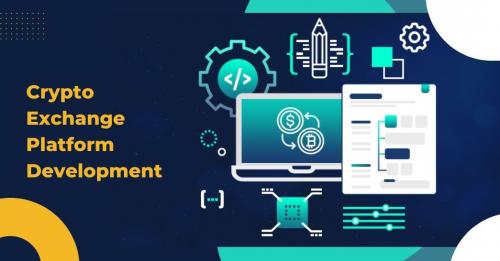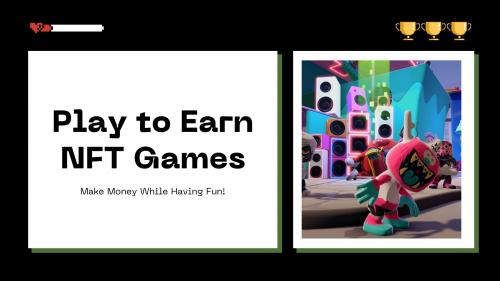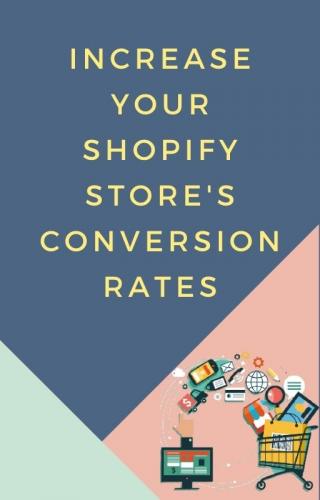Uber-Like Taxi App Development: A Step-by-Step Guide

In recent years, Uber has transformed the taxi industry and set the standard for on-demand mobility solutions. Many entrepreneurs and businesses now aspire their Uber-like taxi app development to cater to local, niche, or global markets. This blog provides an 800-word guide to developing a taxi app similar to Uber, covering the essential features, technology stack, and development process.
1. Understanding the Market and Defining Your Niche
Before diving into development, it’s crucial to understand the market you’re entering. Uber's success is not only due to its technology but also its ability to meet demand in the transportation sector. To build a successful taxi app, you need to identify your target market and decide whether to focus on a particular niche. Some possible niches include:
Local Ride-Sharing: Serving a particular city or region with tailored features.
Corporate Transportation: Catering to businesses by providing employee transportation.
Eco-Friendly Rides: Offering electric or hybrid vehicle options to reduce carbon footprints.
Luxury Rides: Providing premium services with high-end vehicles and amenities.
Once you identify a target market, you can design features and services that cater specifically to the needs of your chosen audience, giving you an edge over competitors.
2. Key Features for a Taxi App
An Uber-like taxi app typically requires three interfaces: Passenger App, Driver App, and Admin Panel. Here’s a breakdown of essential features:
A. Passenger App Features
User Registration and Login: Using email, phone number, or social media.
Real-Time Ride Booking: Allowing users to request rides instantly.
Geolocation and Navigation: Integrating with maps to show drivers and destinations.
Fare Estimation: Estimating the ride cost based on distance and demand.
Multiple Payment Options: Supporting cash, credit cards, or wallet options.
Ride History: Showing previous rides, payment details, and routes.
Real-Time Notifications: Sending updates on driver arrival and ride progress.
Ratings and Feedback: Allowing users to rate drivers and service quality.
Support and Help Center: Providing users with customer support options.
B. Driver App Features
Driver Profile and Verification: Registering, verifying, and activating driver accounts.
Navigation and Route Optimization: Helping drivers choose the quickest routes.
Ride Requests: Allowing drivers to accept or reject ride requests.
Earnings Dashboard: Showing daily, weekly, and monthly earnings.
Ride History: Providing details on past rides and payments.
Notifications: Alerting drivers about upcoming rides and earnings.
Availability Toggle: Enabling drivers to go online/offline based on their availability.
Customer Ratings and Feedback: Offering insight into passenger feedback.
C. Admin Panel Features
User and Driver Management: Monitoring and managing users and drivers.
Fare and Commission Management: Setting up dynamic pricing and driver commissions.
Analytics and Reports: Tracking ride statistics, revenue, and app performance.
Promotions and Discounts: Offering promo codes and discounts to users.
Complaint Management: Handling customer complaints and feedback.
Content Management System (CMS): Updating app content and information.
3. Technology Stack for a Taxi App
Choosing the right technology stack is essential to ensure scalability, security, and functionality. Here’s a recommended stack for developing an Uber-like app:
Frontend Development
iOS: Swift
Android: Kotlin
Cross-Platform: React Native or Flutter (for faster development and cost efficiency)
Backend Development
Programming Language: Node.js or Python for speed and scalability
Database: MongoDB, PostgreSQL, or MySQL for storing user data, driver details, and ride history
Server: AWS, Google Cloud, or Microsoft Azure for cloud hosting and scalability
Maps and Geolocation
Google Maps API: For navigation, location tracking, and route optimization
OpenStreetMap: As an alternative for regions where Google Maps is restricted
Notifications
Push Notifications: Firebase Cloud Messaging (FCM) for real-time alerts and updates
Payment Integration
Payment Gateways: Stripe, PayPal, or Braintree to handle secure payments
Analytics and Monitoring
Google Analytics: For tracking app usage and user behavior
Firebase Analytics: For user insights and crash reporting
4. Step-by-Step Development Process
Step 1: Define Requirements and Goals
Identify your app’s unique value proposition and establish your core features, target audience, and budget. This step will guide your development choices and align your project goals with user needs.
Step 2: Design the User Interface (UI/UX)
An intuitive, user-friendly interface is crucial to ensure customer satisfaction. Create a wireframe or prototype to outline the app’s structure and visual design. Platforms like Figma or Adobe XD are popular for creating app designs.
Step 3: Develop the Passenger and Driver Apps
Start by developing the core functionalities in the passenger and driver apps. For the passenger app, focus on user registration, ride booking, geolocation, and payment options. For the driver app, prioritize ride requests, navigation, and earnings.
Step 4: Set Up the Backend and Database
Develop a robust backend that can handle data requests and store ride history, user profiles, and payments. An effective backend should support scalability, especially if you plan to expand to multiple locations.
Step 5: Implement Geolocation and Routing
Integrate Google Maps API or other mapping services to facilitate real-time location tracking, navigation, and route optimization. Geolocation is a critical component in any Uber-like app.
Step 6: Payment Gateway Integration
Ensure secure payment handling by integrating a trusted payment gateway. Enable multiple payment options, including credit cards, mobile wallets, and cash.
Step 7: Build the Admin Panel
The admin panel serves as the control hub for managing users, drivers, payments, and other operational features. Ensure the panel provides real-time data, user feedback, and ride analytics to support decision-making.
Step 8: Testing
Testing is critical in a taxi app to ensure user safety, payment security, and seamless functionality. Conduct thorough unit testing, integration testing, and beta testing to detect bugs and optimize performance.
Step 9: Launch and Market the App
Launch your app on the App Store and Google Play after passing quality checks. Implement a strong marketing strategy, leveraging social media, online ads, and partnerships with local businesses to boost visibility.
5. Estimating the Development Cost
The cost to build an Uber-like app depends on various factors, including features, platform choice, and developer expertise. On average, a fully-functional taxi app can cost between $30,000 and $150,000. Basic apps with essential features will cost less, while advanced apps with sophisticated features (e.g., AI-based route optimization) will increase the budget.
6. Future Enhancements and Trends
To stay competitive, consider incorporating advanced features like:
AI-Powered Route Optimization: Reducing travel time and fuel consumption.
Blockchain for Secure Payments: Enhancing transparency in transactions.
Electric Vehicle (EV) Integration: Encouraging eco-friendly ride options.
Conclusion
Building a successful Uber-like taxi app requires understanding your market, implementing essential features, and choosing the right technology stack. While developing a robust, scalable, and user-friendly taxi app involves investment, it can lead to substantial returns, particularly if you cater to a specific niche. The ride-sharing industry will continue to grow, and by building a tailored, feature-rich app, you can tap into this evolving market.
With a clear strategy and commitment to quality, you can bring an Uber-like experience to your own customer base, fulfilling modern transportation demands with efficiency and ease.









Comments